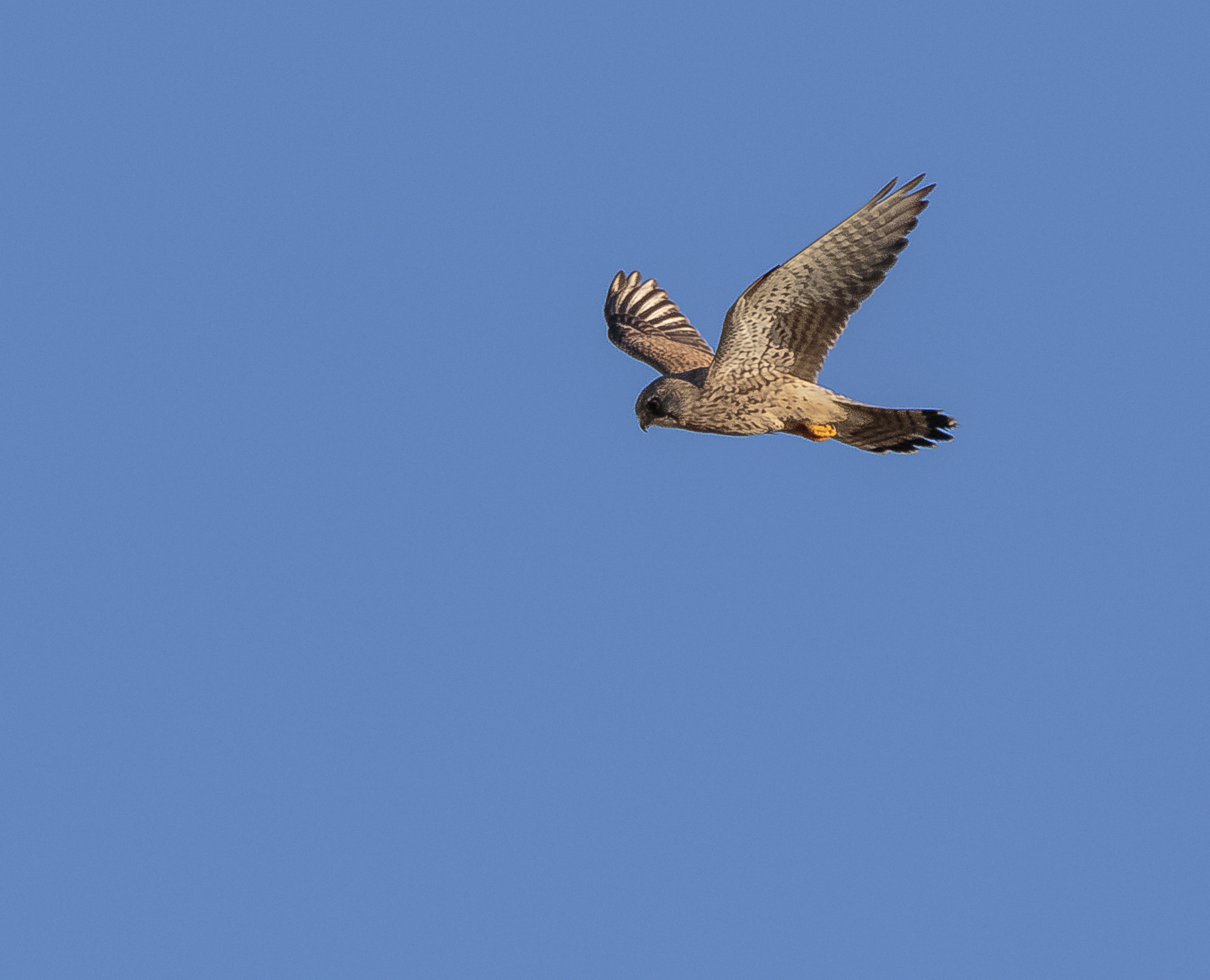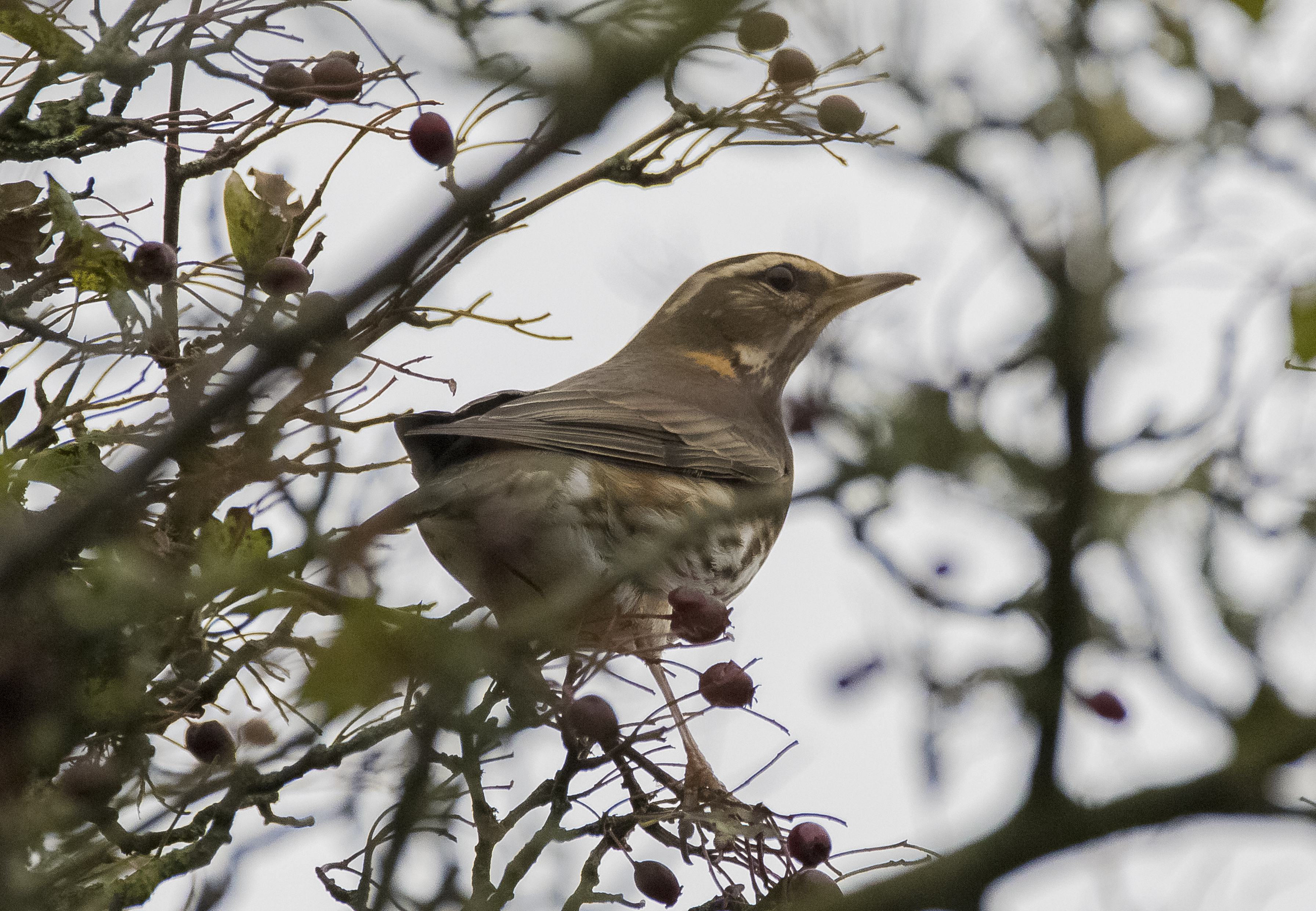Wildlife sightings for 6th November 2012
1 Red-throated Pipit - flew NW at 8:20 a.m.
12-14 Waxwing - in birches by Dulverton hide, 2:10 p.m. Stayed for a few minutes, then flew E. Several minutes later 12-14 flew back from that direction, heading W.
1 Bittern - north side main lake
5 Meadow Pipit - flew S/SW
1020 Fieldfare - flew NW
260 Redwing - flew NW
630 Starling - flew W
28 Skylark - flew W
120 Chaffinch - flew W/NW
1 Brambling - flew NW
12 Lesser Redpoll
3 Linnet - flew S/SW
6 Chiffchaff - west
1 Bat sp. feeding by explore/succession pond at 4:30 p.m.
1 Migrant Hawker - west bank
Recent bird highlights: Goldeneye, Bittern, Little Egret, Short-eared Owl, Peregrine, Green Sandpiper, Jack Snipe, Caspian Gull, Mediterranean Gull, Red-throated Pipit, Rock Pipit, Water Pipit, Stonechat, Brambling, Mealy Redpoll, Ring Ouzel, Snow Bunting, Rook.
More wintering birds are arriving with increasing numbers of wildfowl being the main event. There’s still a good chance of finding a rarity particularly amongst the passerines; Yellow-browed Warbler and Firecrest are a good bet early November. Check through any mixed Tit flocks for late or over-wintering Chiffchaff and other possible Warbler species.
Shoveler, Gadwall, Wigeon and Teal are making good use of the higher water levels on the grazing marsh, as well as feeding amongst the seed-rich waters of the cut wader scrape.
The first couple of Jack Snipe have arrived for the winter, their distinctive bobbing up and down and a smaller bill distinguishing them from the larger and more numerous Common Snipe.
Skylarks, Finches and Thrushes can all be observed flying through with some settling on the reserve to rest up or feed. Siskins and Redpolls numbers have been good through October and early November with occasional Mealy Redpoll also around. Look out for Water Pipit and Rock Pipit on the flooded edges of the marsh and scrape.
The first wintering Bittern arrived October 21st and so far appears to be favouring the main lake reed fringes or the main reedbed. There’s possibly more than one bird present at the moment.



